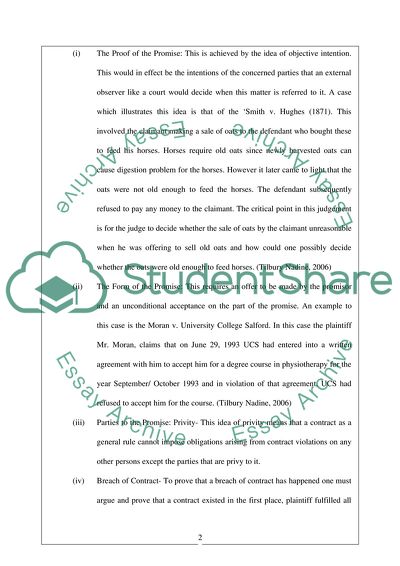Cite this document
(Construction Law - Construction Planning, Programming, and Control Essay, n.d.)
Construction Law - Construction Planning, Programming, and Control Essay. Retrieved from https://studentshare.org/law/1575025-construction-law
Construction Law - Construction Planning, Programming, and Control Essay. Retrieved from https://studentshare.org/law/1575025-construction-law
(Construction Law - Construction Planning, Programming, and Control Essay)
Construction Law - Construction Planning, Programming, and Control Essay. https://studentshare.org/law/1575025-construction-law.
Construction Law - Construction Planning, Programming, and Control Essay. https://studentshare.org/law/1575025-construction-law.
“Construction Law - Construction Planning, Programming, and Control Essay”, n.d. https://studentshare.org/law/1575025-construction-law.


